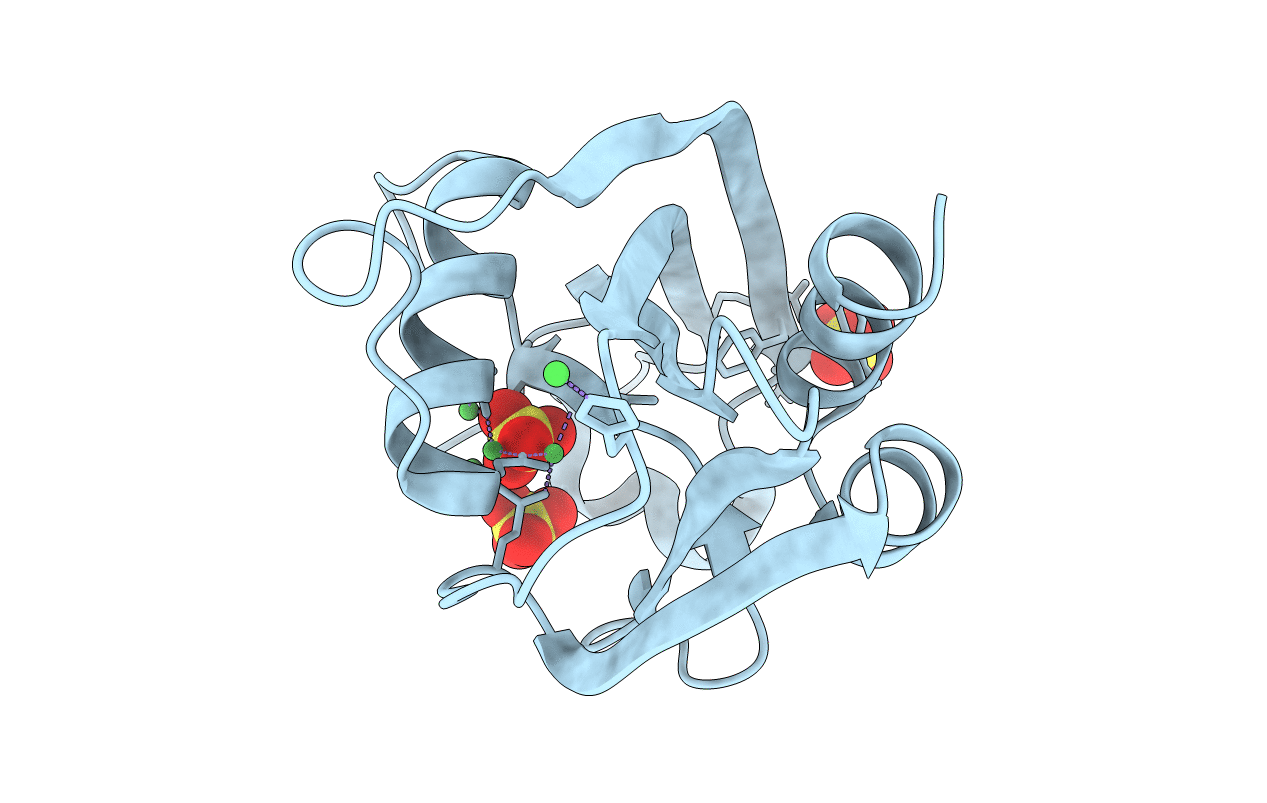
Deposition Date
2016-12-12
Release Date
2017-06-21
Last Version Date
2024-04-03
Entry Detail
PDB ID:
5U7H
Keywords:
Title:
Ni-bound dihydroneopterin triphosphate pyrophosphohydrolase from E. coli
Biological Source:
Source Organism:
Escherichia coli O157:H7 (Taxon ID: 83334)
Host Organism:
Method Details:
Experimental Method:
Resolution:
2.00 Å
R-Value Free:
0.24
R-Value Work:
0.16
R-Value Observed:
0.17
Space Group:
C 1 2 1


